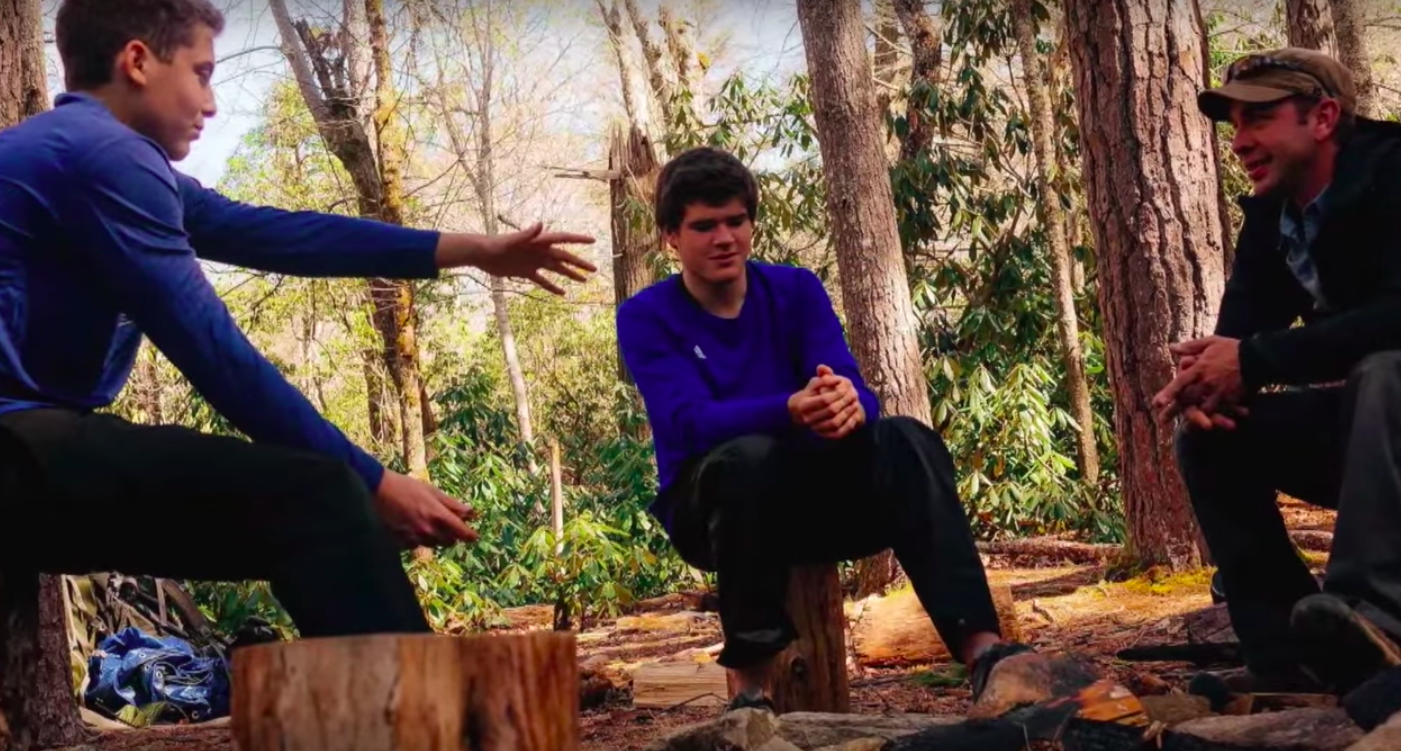Introduction
Trails wilderness program death, Tragedy can strike unexpectedly, even in environments that are supposed to foster personal growth and resilience. The Trails Wilderness Program, designed to provide therapeutic interventions in a wilderness setting, gained notoriety due to a death that occurred during one of its programs. This incident raises questions about the safety, oversight, and ethical considerations of such wilderness programs. In this detailed examination, we will explore the circumstances surrounding the Trails Wilderness Program death, the broader context of wilderness therapy, and the implications for the industry.

Background of Wilderness Therapy
A. The Emergence of Wilderness Therapy Programs
Wilderness therapy programs emerged as an alternative form of intervention for individuals facing various mental health challenges. The approach is rooted in the belief that exposure to the natural environment, coupled with therapeutic interventions, can promote personal growth, self-reflection, and resilience. These programs often cater to a diverse range of participants, including troubled youth, individuals struggling with addiction, and those facing emotional and behavioral issues.
Must Read=Beyond Boundaries: The Saga of Colonization in Space
B. The Promise of Personal Transformation
Proponents of wilderness therapy highlight its potential for transformative experiences. Participants are often removed from the distractions and stressors of modern life, allowing them to focus on self-discovery and therapeutic interventions. The immersive nature of these programs is intended to foster a sense of self-reliance, teamwork, and emotional healing.
The Trails Wilderness Program
A. Overview of the Program
Trails Carolina, part of the Trails Wilderness Program, is one such organization that offers therapeutic interventions in a wilderness setting. The program combines outdoor experiences with therapeutic techniques to address a range of issues, including behavioral challenges, addiction, and emotional struggles. Participants are guided through a structured curriculum designed to promote personal development and positive behavioral change.
B. Controversies and Concerns
While wilderness therapy programs like Trails Carolina have garnered support for their approach, they have also faced controversies and concerns. Critics argue that the industry lacks standardized regulations, leading to variations in program quality, safety measures, and ethical standards. The case of the Trails Wilderness Program death brings these concerns into sharp focus.

The Trails Wilderness Program Death
A. Incident Details
The Trails Wilderness Program death involved a participant who, under the care of program staff, experienced a fatal incident during an outdoor activity. The circumstances surrounding the death, including the nature of the activity, the level of supervision, and the emergency response, raise critical questions about the safety protocols and oversight within such wilderness programs.
B. Investigations and Legal Ramifications
Following the incident, investigations were launched to determine the cause of death and assess the program’s adherence to safety standards. Legal ramifications, including lawsuits and regulatory scrutiny, ensued. The Trails Wilderness Program death underscores the potential risks associated with these programs and the importance of accountability in ensuring participant safety.
Ethical Considerations in Wilderness Therapy
A. Informed Consent and Risk Assessment
One of the key ethical considerations in wilderness therapy is the process of obtaining informed consent from participants and their families. This includes a transparent discussion of the potential risks associated with outdoor activities. Assessing individual participant needs, mental health history, and physical capabilities is paramount to ensuring that the program is suitable and safe for each participant.
B. Staff Training and Qualifications
The competence and qualifications of staff members in wilderness therapy programs are crucial for ensuring participant safety. Adequate training in outdoor leadership, therapeutic interventions, emergency response, and risk management is essential. The Trails Wilderness Program death prompts a critical examination of the qualifications and preparedness of staff members within such programs.
The Need for Industry Standards and Oversight
A. Lack of Standardization in Wilderness Therapy

The wilderness therapy industry lacks standardized regulations and oversight, contributing to variations in program quality and safety measures. The absence of a uniform set of standards makes it challenging for prospective participants and their families to assess the reliability and safety of different programs. The Trails Wilderness Program death underscores the need for industry-wide standards and accountability.
B. Advocacy for Regulation and Oversight
Calls for increased regulation and oversight within the wilderness therapy industry have gained momentum in the wake of incidents like the Trails Wilderness Program death. Advocates argue that regulatory frameworks can help establish minimum standards for safety, staff qualifications, and ethical practices. Implementing oversight mechanisms can contribute to the overall improvement of program quality and participant safety.
Balancing Therapeutic Benefits with Safety
A. Acknowledging Therapeutic Benefits
Despite the controversies and risks associated with wilderness therapy, proponents argue that the therapeutic benefits should not be dismissed outright. Immersive outdoor experiences, therapeutic interventions, and the removal of modern distractions can contribute to meaningful personal growth and positive behavioral change. Striking a balance between these benefits and participant safety is crucial for the responsible operation of wilderness therapy programs.
B. Transparent Communication and Accountability
Ensuring the safety of participants requires transparent communication between program organizers, participants, and their families. Clear guidelines on safety measures, emergency response protocols, and potential risks should be provided during the informed consent process. Additionally, accountability for any lapses in safety measures must be established to maintain trust and integrity within the wilderness therapy industry.
The Future of Wilderness Therapy
Evolving Industry Standards
In response to incidents like the Trails Wilderness Program death, the wilderness therapy industry may see a shift toward greater standardization and accountability. Organizations and advocates within the industry may collaborate to establish ethical guidelines, safety protocols, and industry standards to ensure the well-being of participants.
Informed Decision-Making

As the industry evolves, prospective participants and their families will play a crucial role in making informed decisions about participating in wilderness therapy programs. A heightened awareness of potential risks, coupled with a thorough evaluation of program credentials and safety measures, can empower individuals to make choices that align with their needs and values.
Conclusion
The Trails Wilderness Program death serves as a somber reminder of the complexities and risks associated with wilderness therapy programs. As the industry grapples with questions of safety, ethical considerations, and the need for standardized regulations, it is essential to approach the topic with nuance. Balancing the therapeutic benefits of wilderness therapy with a commitment to participant safety requires a comprehensive reevaluation of industry practices and a collective effort to establish responsible standards and oversight. In doing so, the wilderness therapy industry can strive to provide meaningful and transformative experiences while prioritizing the well-being of those it aims to serve.

